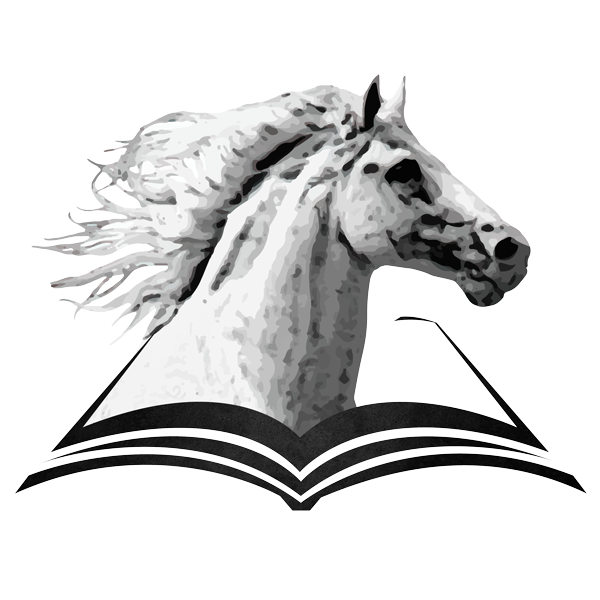Special characteristics of a horse may be better understood by briefly studying the horses’ zoological classification. The following table starts with the species (Equus caballus) and opens to the animal kingdom.
All domestic and wild horse breeds of today.
|
|
|
Genus: Equus |
Horses, Zebras, and Asses (donkeys). |
|
Family: Equidae |
Today’s species of Genus Equus and their ancestors. They are mono-gastric (non-ruminant) with a large cecum (the Have 36 to 40 well-distinguishable teeth (incisors, canines, Have a cylindrical body with a medium-long neck that permits Have one toe per foot covered by a hoof. |
|
Sub-Order: Perissodactyla |
Have an odd number of toes on their feet (one or three toes |
|
Order: Ungulata |
Herbivores with big, flat premolars and molars adequate for chewing roughage. Also have |
|
Sub-Class: Eutheria |
Develop placenta for the fetus during pregnancy. |
|
Class: Mammalia |
They lactate their offspring after birth. |
|
Super-Class: Tetrapoda |
Have four legs for locomotion. |
|
Sub-Phylum: Vertebrata |
Animals with a spinal column. |
|
Phylum: Chordata |
Have bilateral symmetry and a central nerve cord. |
|
Sub-Kingdom: Eumetazoa |
All animals except sponges. |
|
Kingdom: Animalia |
All animals. |
SOME LEARNINGS FROM THE TABLE:
- The horse is an animal species with a central nerve cord (protected by the spinal column). Having the spine as the reference point, the left and right sides of the animal look alike.
- Horses have big, flat premolars and molars adequate for chewing roughage. They are mono-gastric (one stomach) with a large cecum (the first portion of the large intestine) that allow them to use roughage as their source of nutrients.
- Because equine graze about 17 hours a day and the feed intake rate is slow (which matches with having a small stomach), they should be fed small frequent amounts, instead of big amounts few times a day.
- Their medium-long neck allows the mouth to reach the grass from the ground level.
- Each of the four long legs of a horse end on a foot that consists of one toe covered by a hoof (a hard, keratinized structure).
- The female horse (called ‘mare’) develops placenta for the fetus during pregnancy and lactates the offspring after birth.

